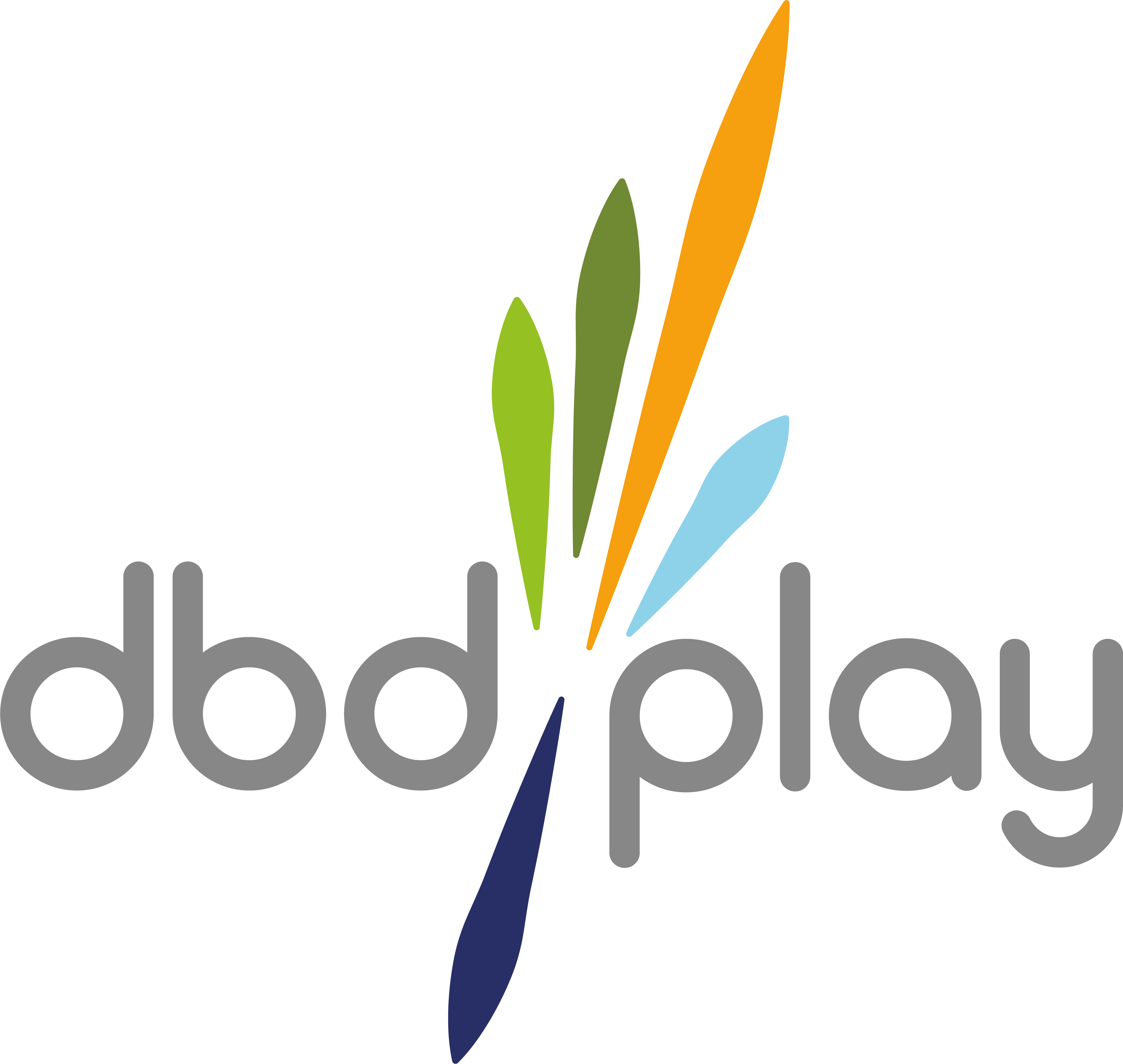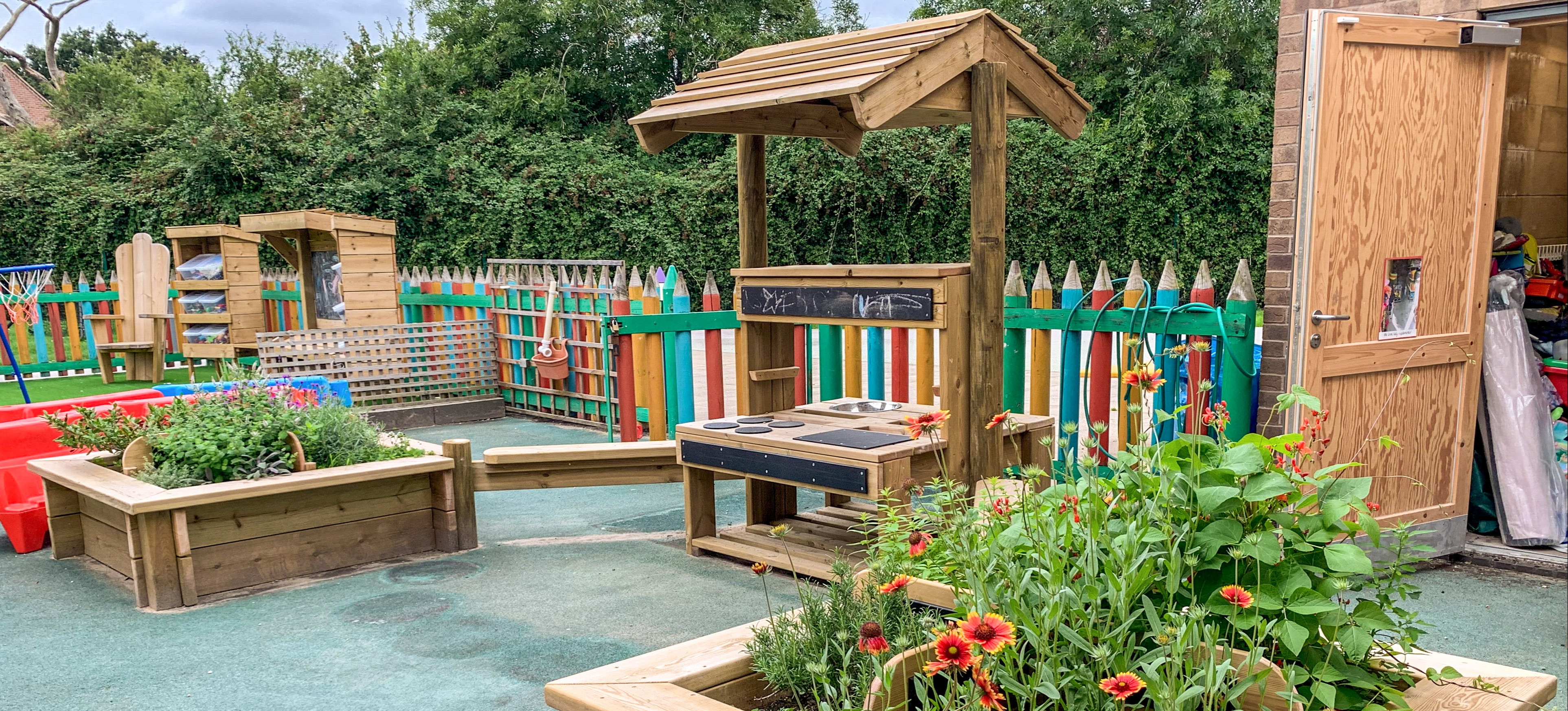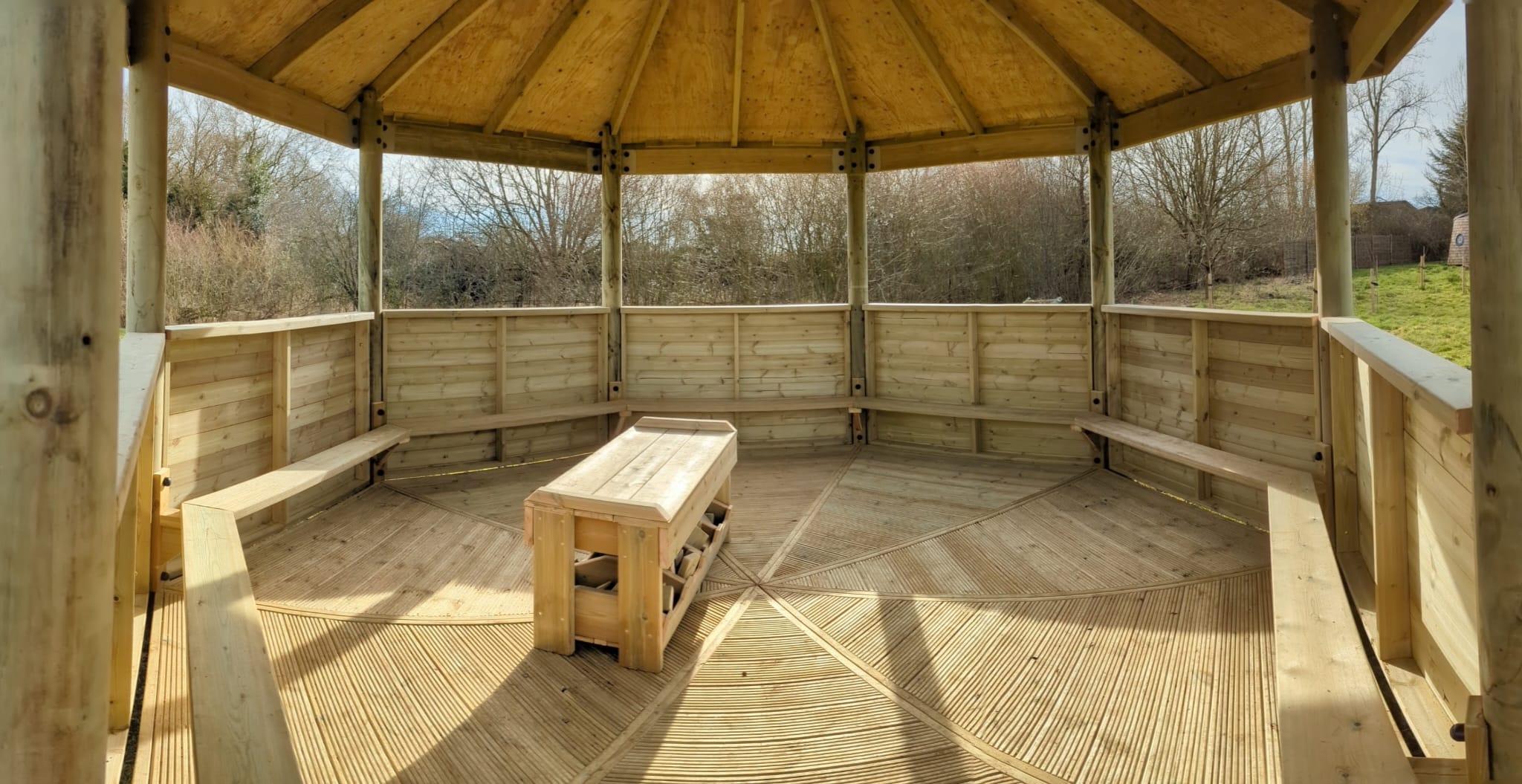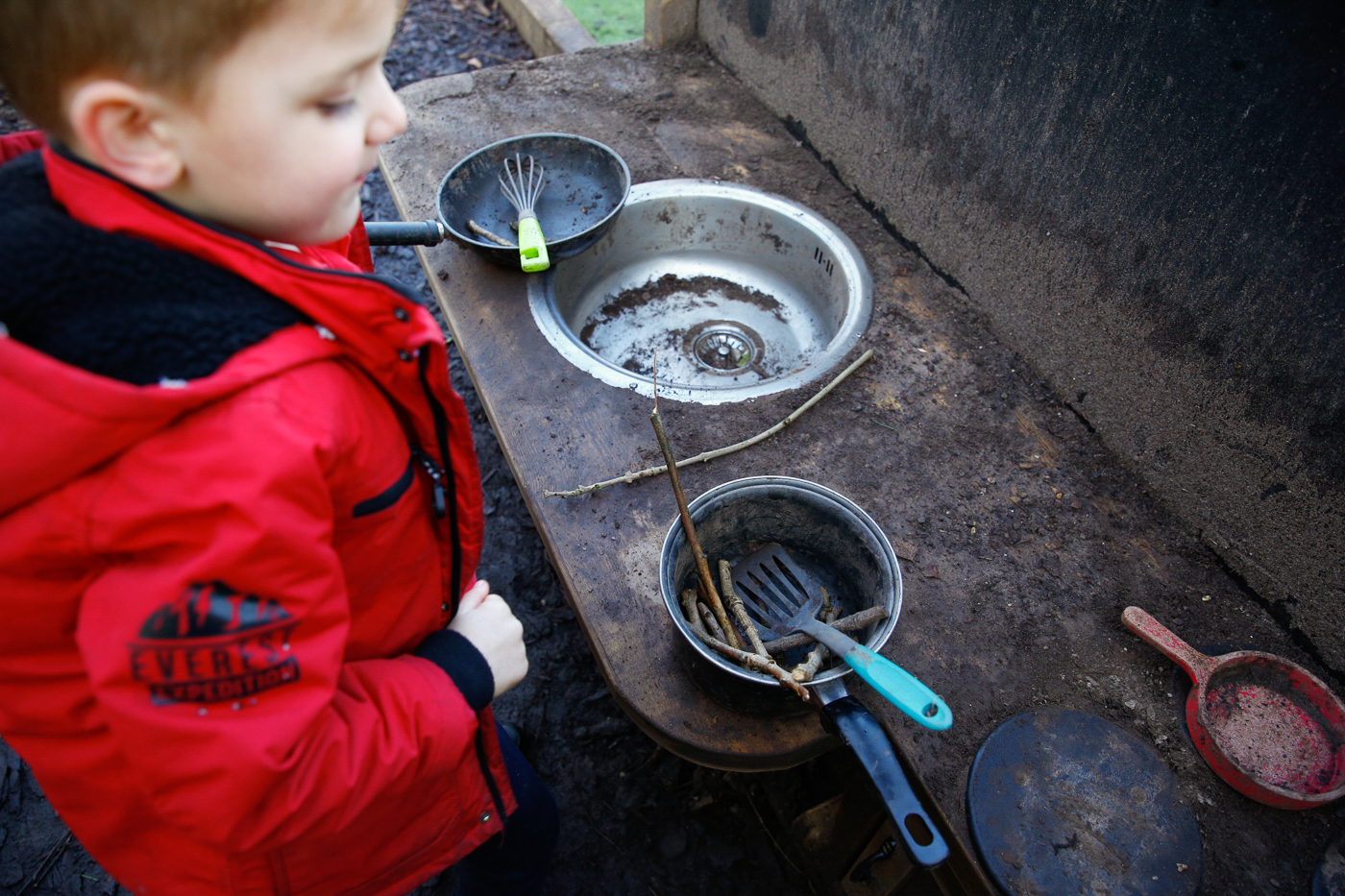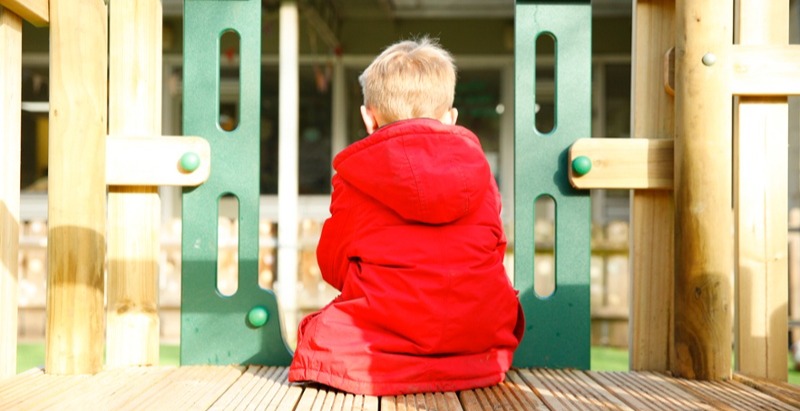We specialise in the design and creation of outdoor spaces that support EYFS Learning and Development. We know that a child’s development is not an automatic process so we can support you to create enabling environments that support interaction and positive relationships through a child’s natural desire to learn and play.
What is EYFS, and how are outdoor learning areas beneficial?
For your child from birth to five years old, the early years foundation stage (EYFS) describes learning, development, and care standards. Childminders, preschools, nurseries and school reception classes, as well as all schools and early childhood providers registered with Ofsted, must follow the EYFS, which helps to prepare your child for school as well as for future learning.
This is a crucial time period in the development of children’s social and motor skills, as well as other qualities such as spatial awareness, risk evaluation, and self-esteem.
Outdoor learning has been shown to be highly beneficial in supporting children’s development at this period. Young learners who use outdoor spaces become:
- Better Learners. Through outdoor experiences, children can learn deeper and in a more creative way since they can use their five senses. Being outdoors also helps children improve their focus and better take in new information and experiences
- Happier and Healthier Children. Outdoor play promotes physical activity, improves motor skills, strengthens the immune system, and reduces myopia risk for children. Being outside is stimulating and exciting, yet also works to relieve stress and anxiety, making our children happier.
- Closer to the Community. Outdoor learning offers children a unique opportunity to learn in a real-world context while developing a variety of skills that prepare them for life as well as the classroom. In both urban and natural environments, children gain an understanding of the environment and the people around them by being outside on a regular basis.
Every child should be able to access outdoor learning every day, everywhere. You play a vital role in providing children with opportunities to learn about the outdoors and to experience it.
Characteristics of Effective Learning
A well designed and creative outdoor space helps the unique child to engage with other people and their environment – playing and exploring, active learning, and creating and thinking critically. All of which underpin the Characteristics of Effective Learning across all areas and support the child to remain an effective and motivated learner for life.
The prime areas of Learning and Development are fundamental, they focus on working together, and move through to support development in all other areas.
- Personal, Social and Emotional Development (Social Activity Hut, Mud Kitchen, Dens)
- Communication and Language (Storytelling Chair, Performance Stage, Maze Seating)
- Physical Development (Trim Trail, Jungle Climbers, Towers)
The specific areas of Learning and Development include essential skills and knowledge for children to participate successfully in society.
- Literacy (Chalkboards, Whiteboards)
- Mathematics (Daily Mile with Distance Markers)
- Understanding the World (Mud Kitchen, Bug Hotel)
- Expressive Arts and Design (Performance Stage, Sand and Water Play)
How you can use an outdoor space to encourage development
An outdoor space needn’t have a single purpose. Let these areas be multi-faceted and work alongside young children’s growing imaginations. There are infinite ways to utilise outdoor spaces to encourage learning of all kinds- take inspiration from these suggestions.
The EYFS Outdoors: Physical development ideas
- Think about how to allow babies to explore outside safely. We can provide tummy time, crawling, crawling, and walking opportunities to our children.
- You might have children create equipment or instruments from the things they find surrounding them. ‘Wake up shake up’ sessions are great for warming up and engaging the brain before lessons, and encourage physical exercise, exploring movement, and allowing children to express themselves by having fun dancing and playing.
- You can create an assault course by using an outdoor space and some imagination. This is great for motor skills, hand-eye coordination and bi-lateral thinking.
- A treasure hunt or clue finding game across an outdoor area also works for similar benefits and gives children a reward to look forward to. Great to encourage good behaviour and resourcefulness, as well as fundamental problem solving skills.
Ways to encourage creative thinking in an outdoor area
- Encourage children to personalise and make an impact on the space around them to feel involved in their environment. This could take the form of tool-building such as a sweeping brush or balanced stick pile, which can help develop more physical and motor skills.
- On a floor or a large piece of paper you can make large scale marks with chalk, water, and large brushes.
- You might also want to consider an area used as a resting spot or cosy nook. Perfect for getting some shade on summer days.
- Read your favourite books and tell stories in an outdoor setting for more engagement
- You might want to talk about the different types of clouds and their shapes, and discuss the different shapes you see in the clouds (like a dragon or the Gruffalo). You can improve vocabulary for the children based on the different types of clouds you see.
- You could use a 'magic carpet' activity to allow the children to come up with their own stories where they add details, and you summarise as you go along. For example, you can ask them which characters they want, where they are going, what adventures they will have, and so on. You can use a large piece of paper for children to visually add their own ideas for a collaborative art piece.
- Sensory walks that incorporate new sounds, smells and textures help children to become aware of their surroundings and engage in a new way with an outdoor space. This also works well to calm high emotions and reduce anxiety whilst promoting physical movement.
- Having first-hand knowledge of the weather, seasons, and world is extremely valuable outdoors. Science books on the subject may enhance this experience even further.
Encouraging Imaginative Play and Real-World Learning
- It might be fun to describe your outdoor space as a structure like a cafe. Let children take orders from customers in their cafe or display open and closed signs so they can experience everyday life outside.
- Stage can be created (or imagined) for kids to act out stories, create plays or do puppet and dance shows.
- Provide an arts area equipped with pencils and clipboards for children to explore various media. They might choose nature as their canvas, using mud as paint and so on. The outdoors works wonders for giving kids natural inspiration and engaging with their environment.
How we work at dbdplay
We want to work with you to create inspirational outdoor spaces for play, learning and development. We have over 20 years’ experience in educational playgrounds. However, we know that the best outdoor developments are designed following a consultation process between dbdplay and you.
The best place to start is a meeting where we can share ideas and create solutions. From this we can prepare plans and quotations for you to amend and improve as you wish. We are happy to present at an assembly, discuss our ideas in a class and of course involve the children in the design process.
Call us today to Design, Build and Discover your school playground.
Originally published Mar 1, 2021 9:27:36 AM , updated January 30, 2024
